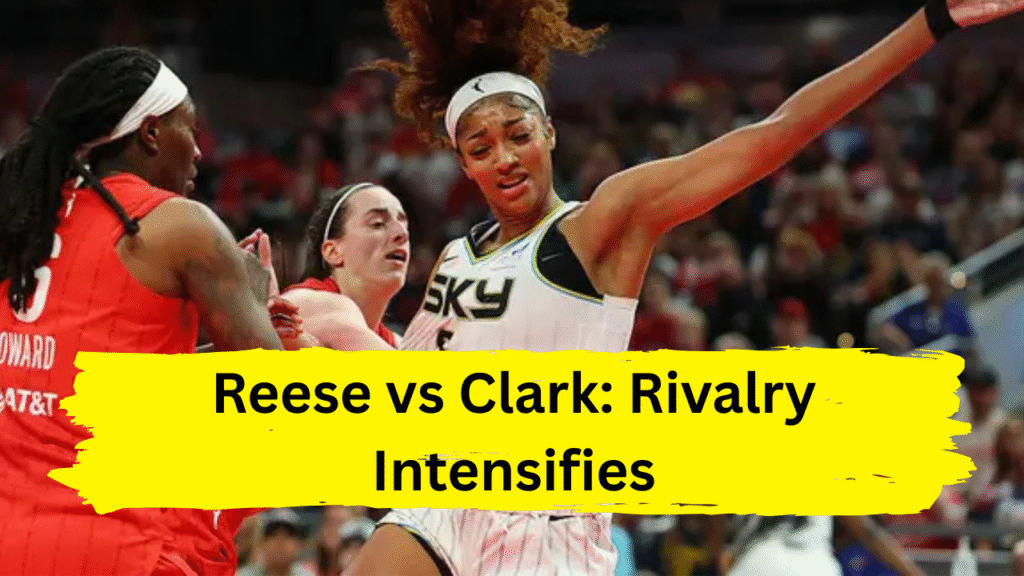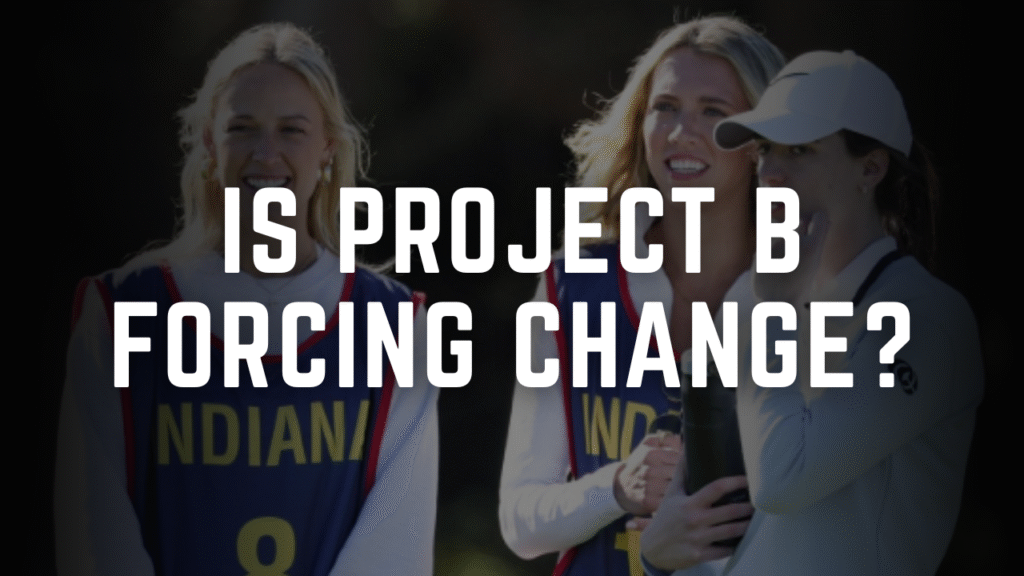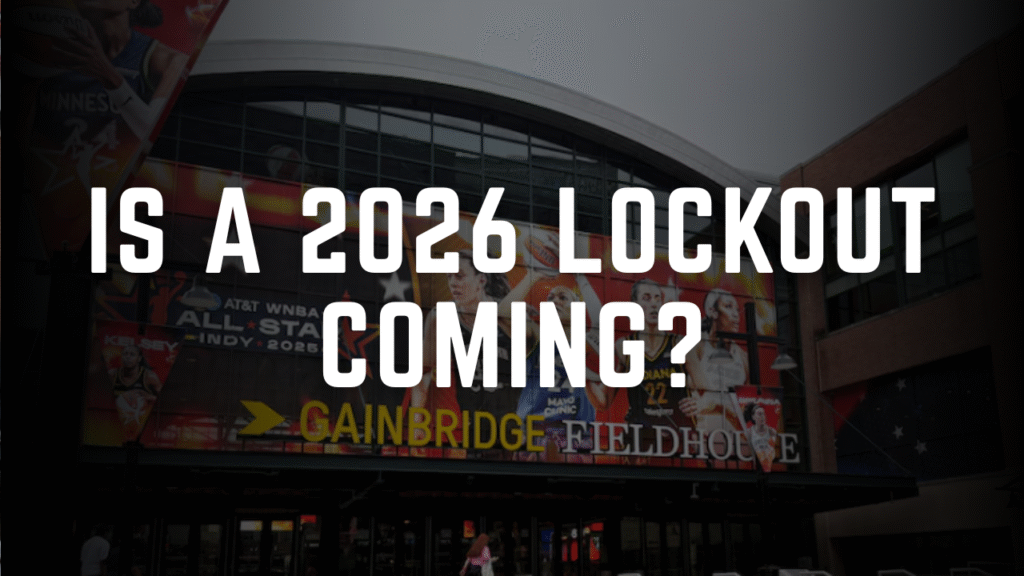The WNBA’s meteoric rise in popularity over the past two seasons can be traced to many factors: record-breaking viewership, transcendent talent, and a cultural shift toward valuing women’s sports. Yet no storyline has captivated—or divided—fans quite like the rivalry between Angel Reese and Caitlin Clark. What began as a collegiate clash has morphed into a professional saga laden with on-court intensity, racial undertones, and a fanbase reckoning with the complexities of fandom in a league where identity and athletics intersect.
From College Courts to Pro Arenas: The Origins of a Rivalry
The Reese-Clark rivalry took root long before their WNBA debuts. As high school standouts, Reese (ranked No. 2 in her class) and Clark (No. 4) faced off in AAU circuits, with Reese’s Team Takeover defeating Clark’s All Iowa Attack in the 2019 Nike EYBL championship . Their collegiate paths collided again in the 2023 NCAA championship game, where Reese’s LSU Tigers triumphed over Clark’s Iowa Hawkeyes. Reese’s now-iconic “you can’t see me” taunt during the final moments—a gesture Clark had used earlier in the tournament—ignited debates about sportsmanship and racial double standards .
When both entered the WNBA in 2024 as top draft picks (Clark to Indiana, Reese to Chicago), their rivalry gained new stakes. Their first professional meeting in June 2024 set the tone: Clark’s Fever edged Reese’s Sky, but a late-game foul by Sky guard Chennedy Carter on Clark—met with applause from Reese on the bench—fueled narratives of animosity . The rivalry intensified in 2025, with Clark’s triple-double in a 93–58 Fever victory overshadowed by a flagrant foul on Reese that sparked a heated on-court confrontation .
On-Court Fireworks: Competition or Conflict?
Reese and Clark’s matchups are defined by physicality and psychological warfare. During their May 2025 showdown, Clark’s hard foul on Reese—upgraded to a flagrant 1—sent the Sky star to the floor and triggered a near-brawl. While Clark dismissed it as a “basketball play” and Reese urged critics to “move on,” the incident underscored their combustible dynamic .
Their clashes reveal a deeper tension between playstyles: Clark’s sharpshooting finesse contrasts with Reese’s relentless rebounding and defensive grit. Statistically, Clark has dominated head-to-head (4–1 record as of May 2025), but Reese’s tenacity—evident in her 17-rebound performance amid boos and racial taunts—highlights her refusal to be overshadowed .
Fan Wars and Racial Reckoning
The rivalry’s cultural resonance extends beyond basketball. Clark, a white superstar from Iowa, has drawn new demographics to the WNBA, including young white male fans whose presence has coincided with a surge in racist and misogynistic vitriol directed at Black players like Reese . During the Fever-Sky opener in May 2025, Reese faced racial slurs from fans, prompting a WNBA investigation under its “No Space for Hate” initiative .
Studies and analysts have highlighted racial bias in how the two are perceived. A 2025 Rice University analysis of 700,000 social media posts found that Reese faced disproportionate backlash for the same gestures Clark made, reflecting entrenched stereotypes about Black women’s aggression versus white women’s innocence . Las Vegas Aces star A’ja Wilson summarized the disparity: “You can be top-notch as a Black woman, but maybe that’s not what people want to see” .
Clark has acknowledged her privilege, stating, “As a white person, there is privilege… The league has been built on Black players” . Yet her remarks drew mixed reactions, with critics like Riley Gaines accusing her of “missing the mark” by not remaining neutral .
The WNBA’s Tightrope: Capitalizing on Drama While Combating Hate
The league faces a paradox. Reese and Clark’s rivalry has driven historic viewership—their May 2025 game drew 2.7 million viewers, ESPN’s highest-ever WNBA audience —but the toxicity of fan interactions threatens the league’s inclusive ethos. While the “No Space for Hate” campaign pledges to address racism through enhanced security and mental health resources, players like Wilson demand tangible action: “It’s nice in words, but we got to see actions” .
Media framing further complicates matters. Commentators often reduce the rivalry to racial binaries, overshadowing other stars like A’ja Wilson or Breanna Stewart . As sociologist Shahill Parsons noted, the discourse risks polarizing fans rather than celebrating the league’s depth: “If the WNBA can avoid pushing a white-Black agenda, it’ll be more beneficial for the league as a whole” .
Beyond the Binary: What’s Next for Reese, Clark, and the WNBA?
The Reese-Clark rivalry is neither purely competitive nor wholly manufactured. It’s a reflection of broader societal tensions—race, gender, and visibility—playing out on a basketball court. Reese has embraced her role as the “villain,” stating she’s “willing to take the bad guy role… to generate interest” . Clark, meanwhile, navigates the burden of being the “face” of a league built on Black excellence.
As the Fever and Sky prepare for their June 7 rematch, the WNBA must balance leveraging the rivalry’s draw with addressing its corrosive side effects. For fans, the hope is that the focus shifts from divisive narratives to the sheer brilliance of two athletes pushing the game forward. After all, as Reese herself declared: “The reason people are watching isn’t just because of one person” .
The Reese-Clark era may define this chapter of the WNBA, but its legacy will depend on how the league—and its fans—choose to write the next page.


